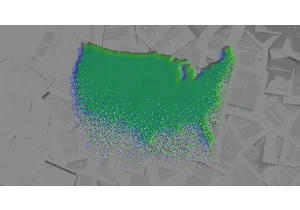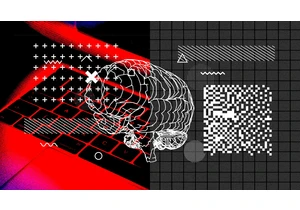There’s a cat-and-mouse game between those using generative AI chatbots to produce text undetected and those trying to catch them. Many believe they know the telltale signs—though as a journalist fond of the word “delve” and prone to em-dashes, I’m not so sure.
Researchers at four U.S. universities, however, have taken a more rigorous approach, identifying linguistic fingerprints that reveal which large language model (LLM) produced a given text.
“All these chatbots are coming out every day, and we interact with them, but we don’t really understand the differences between them,” says Mingjie Sun, a researcher at Carnegie Mellon University and lead author of the study, which was published in Cornell University’s preprint server arXiv. “By training a machine learning classifier to do this task, and by looking at the performance of that classifier, we can then assess the difference between different LLMs.”
Sun and his colleagues developed a machine learning model that analyzed the outputs of five popular LLMs, and was able to distinguish between them with 97.1% accuracy. Their machine learning model uncovered distinct verbal quirks unique to each LLM.
ChatGPT’s GPT-4o model, for instance, tends to use “utilize” more than other models. DeepSeek is partial to saying “certainly.” Google’s Gemini often prefaces its conclusions with the word “essentially,” while Anthropic’s Claude overuses phrases like “according to” and “according to the text” when citing its sources.
xAI’s Grok stands out as more discursive and didactic, often reminding users to “remember” key points while guiding them through arguments with “not only” and “but also.”
“The writing, the word choices, the formatting are all different,” says Yida Yin, a researcher at the University of California, Berkeley, and a coauthor of the paper.
These insights can help users select the best model for specific writing tasks—or aid those trying to catch AI-generated text masquerading as human work. So, remember: according to this study, if a model utilizes certain words, it’s certainly possible to identify it.
Autentifică-te pentru a adăuga comentarii
Alte posturi din acest grup

Restaurant industry leaders are excited for

Elon Musk’s anger over the One Big Beautiful Bill Act was evident this week a

Welcome to AI Decoded, Fast Company’s weekly new

When artificial intelligence first gained traction in the early 2010s,

You wake up in the morning and, first thing, you open your weather app. You close that pesky ad that opens first and check the forecast. You like your weather app, which shows hourly weather forec

How the Boomer wealth transfer could reshape global finance.
Born too late to ride the wave of postwar prosperity, but just early enough to watch the 2008 financial crisis decimate some

The Velvet Sundown is the most-talked-about band of the moment, but not for the reason you might expect.
The “indie rock band,” which has gained more than 634,000 Spotify lis
